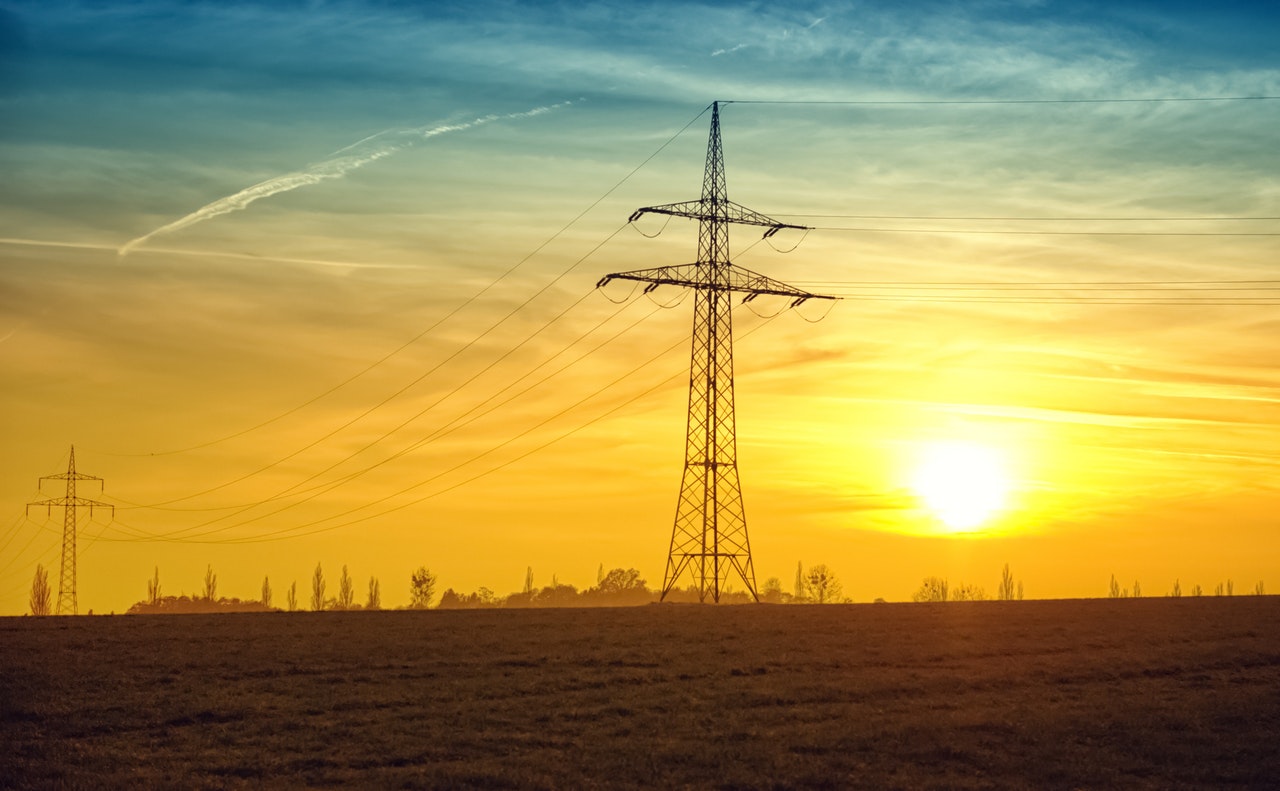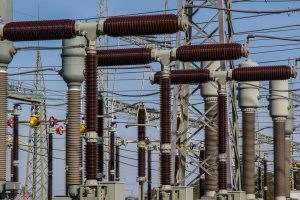
Off-Grid, Captive Power Solutions Sustain Investment in Africa’s Energy Sector
Off-Grid, Captive Power Solutions Sustain Investment in Africa’s Energy Sector
With recent reports estimating that six hundred million people are without access to electricity in sub-Saharan Africa, significant and sustained investment is required across Africa’s entire energy generation and supply value chain.
While even a decade ago meeting Africa’s energy backlog was considered unaffordable, today, many largely technology-driven factors are creating new opportunities for investment in Africa’s energy sector.
Significant improvements in the cost and quality of renewable technologies are enhancing the feasibility and attractiveness of energy projects in Africa. Combined with new battery storage capabilities, “these changes offer investors, funders, governments and consumers a fundamentally different energy make-up and mix – presenting Africa with a new universe of energy ownership, supply and funding opportunities,” says Renita van Tonder, Head of Power at Standard Bank.
The trend is clear.
As the size and number of large government-funded and implemented non-renewable power projects in Africa has decreased there has been an uptick in smaller mixed public-private (or entirely private) off-grid power projects with rational, local end-user funding.
To date, Standard Bank’s power and infrastructure portfolio has been biased towards large-scale projects and finance solutions developed for grid-dependent power producers.
While large utility-owned non-renewable projects will remain an important part of the energy value chain, off-grid offers a faster way to close Africa’s power gap.
“By expanding Africa’s energy mix beyond state-funded utility-provided non-renewable grid solutions Africa can – much more quickly and affordably – support its immediate industrial and business growth needs,” says Stephen Barnes, Global Head of Power and Infrastructure for Standard Bank.
Renewables – especially privately or partially privately-funded new off-grid and captive power solutions – are set to sustain and expand investment while increasing affordability and access to electricity in Africa’s rapidly evolving energy landscape.
From a funding perspective, off-grid deals have shorter tenors and can often be denominated in local currency. As such, off-grid projects lend themselves to Africa’s traditionally more illiquid and hard currency constrained environments. Since local currency debt structures support the development of domestic currency markets renewables projects denominated in local currency could make domestic African pension funds, for example, relevant to domestic energy supply, directly leveraging domestic savings for national development.
To date, Africa’s off-grid power landscape has seen the most growth in the solar home systems (SHS) and commercial and industrial (C&I) segments.
Africa’s SHS energy segment is currently dominated by small 8 to 200 watt solar panels mounted on the roofs of small rural homes – with larger customised solutions in the affluent market. By allowing customers to pay in instalments via pay as you go, SHS are breaking the affordability barrier for off-grid solutions in Africa.
“As such, looking ahead, most of the growth in terms of households covered by off-grid power solutions could come from service-platform developers able to leverage strong distribution platforms,” says van Tonder.
In Africa’s C&I energy segment, off-grid solar systems have created new markets for investment across the value chain, from the product developer to the integrated service provider. For example, factories and business complexes that produce their own renewable (largely solar) power are proliferating across the continent. Large mines too often also supply electricity to local communities.
These captive power systems operate mini and localised grids, “effectively acting like utilities in the supply and sale of power to local communities and businesses,” says Barnes.
Going forward, there is further opportunity to target tier one property companies or corporates with large property portfolios in Africa, “creating local offtake financing solutions for rooftop solar installations on their properties – and then selling energy to local communities,” adds van Tonder.

